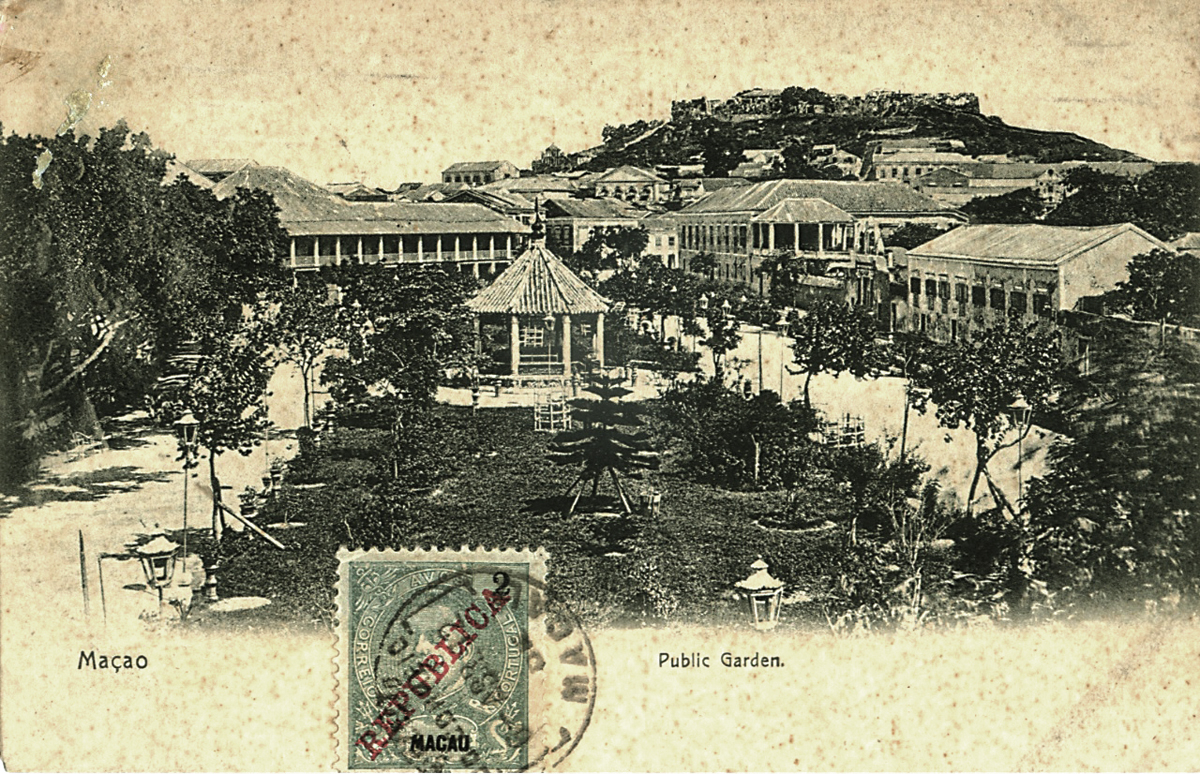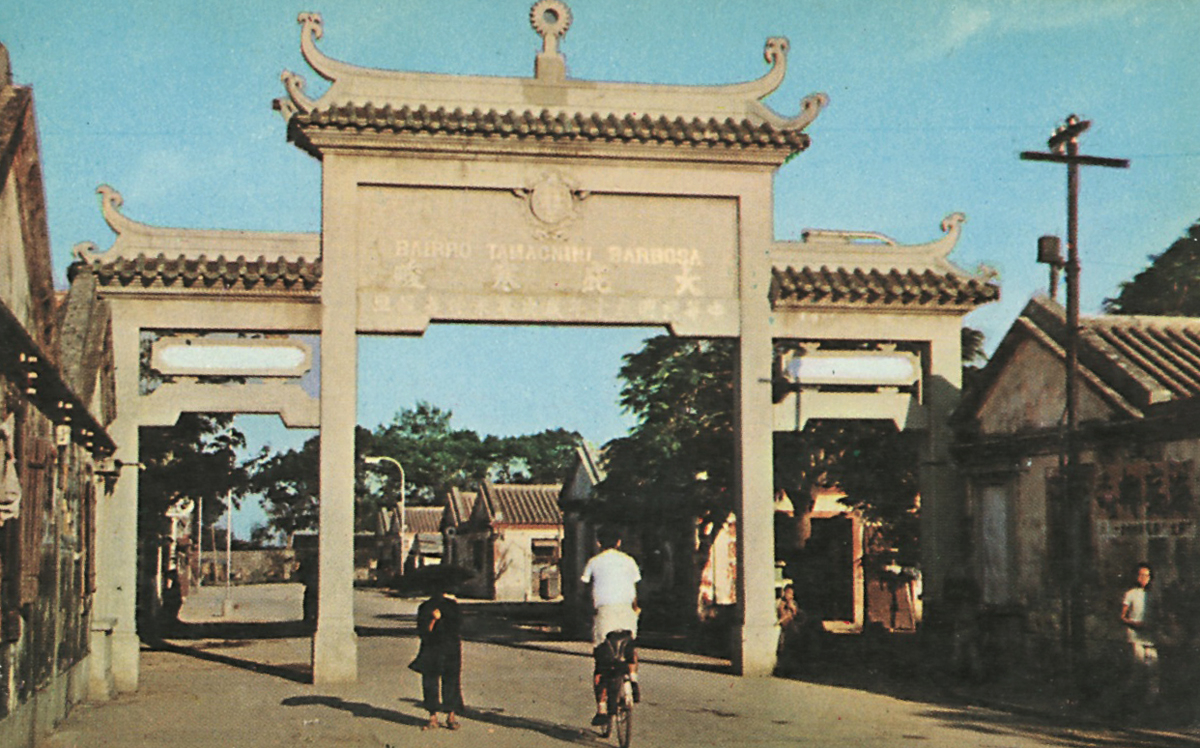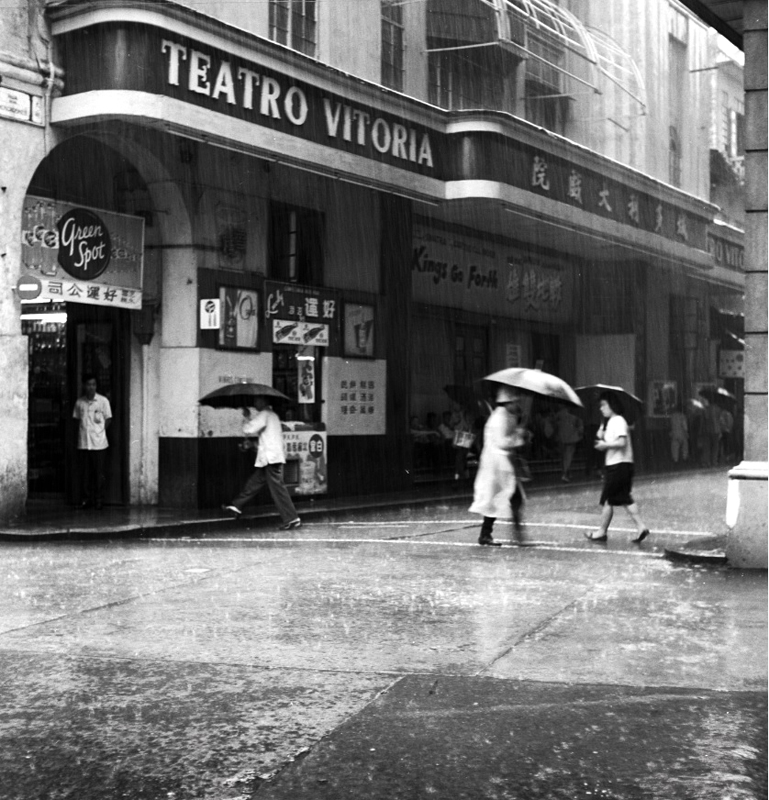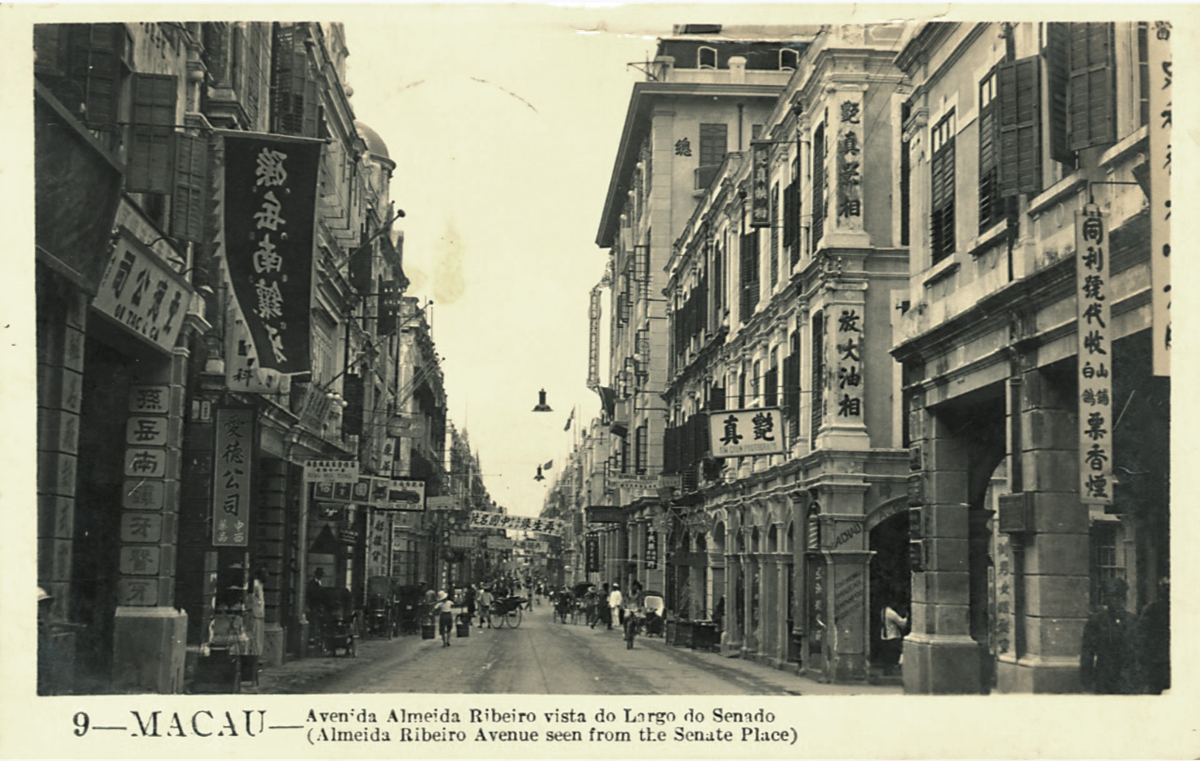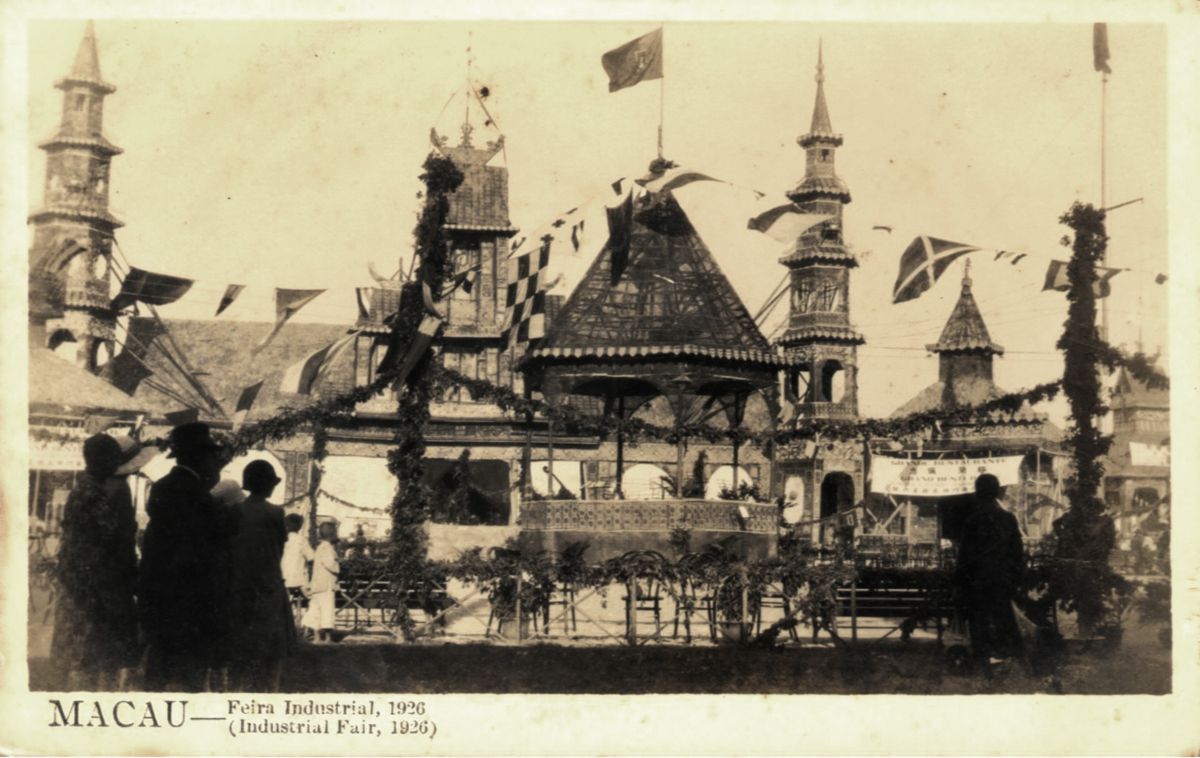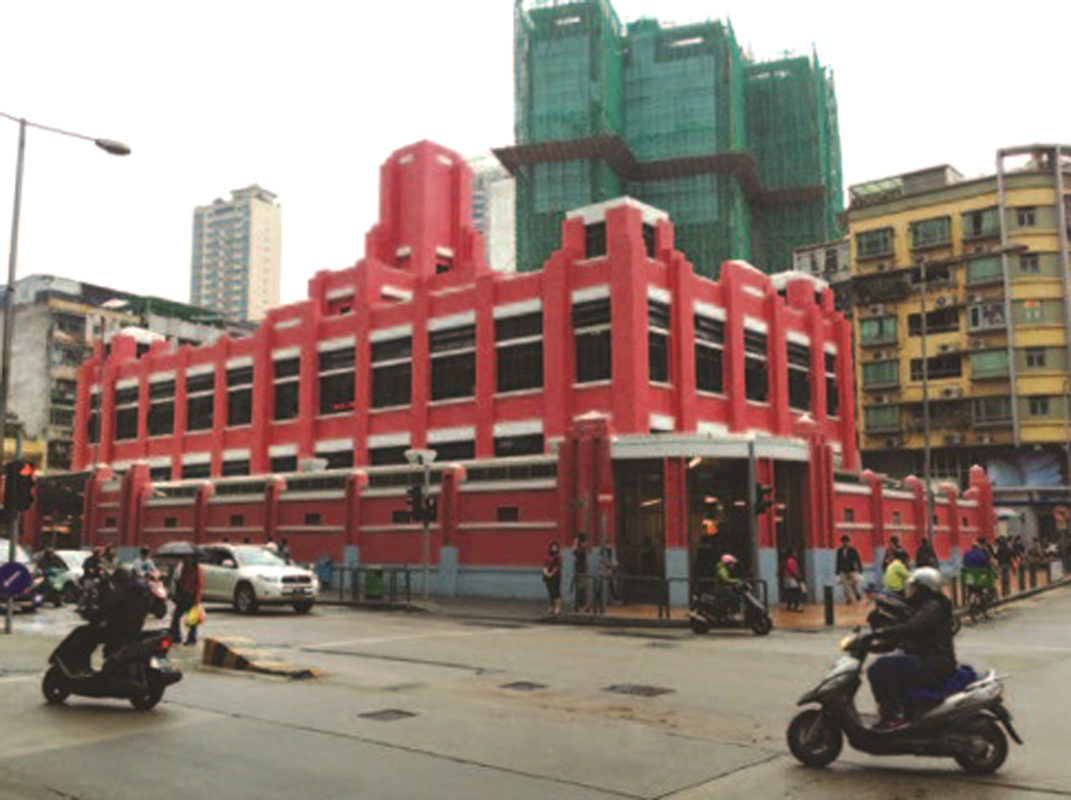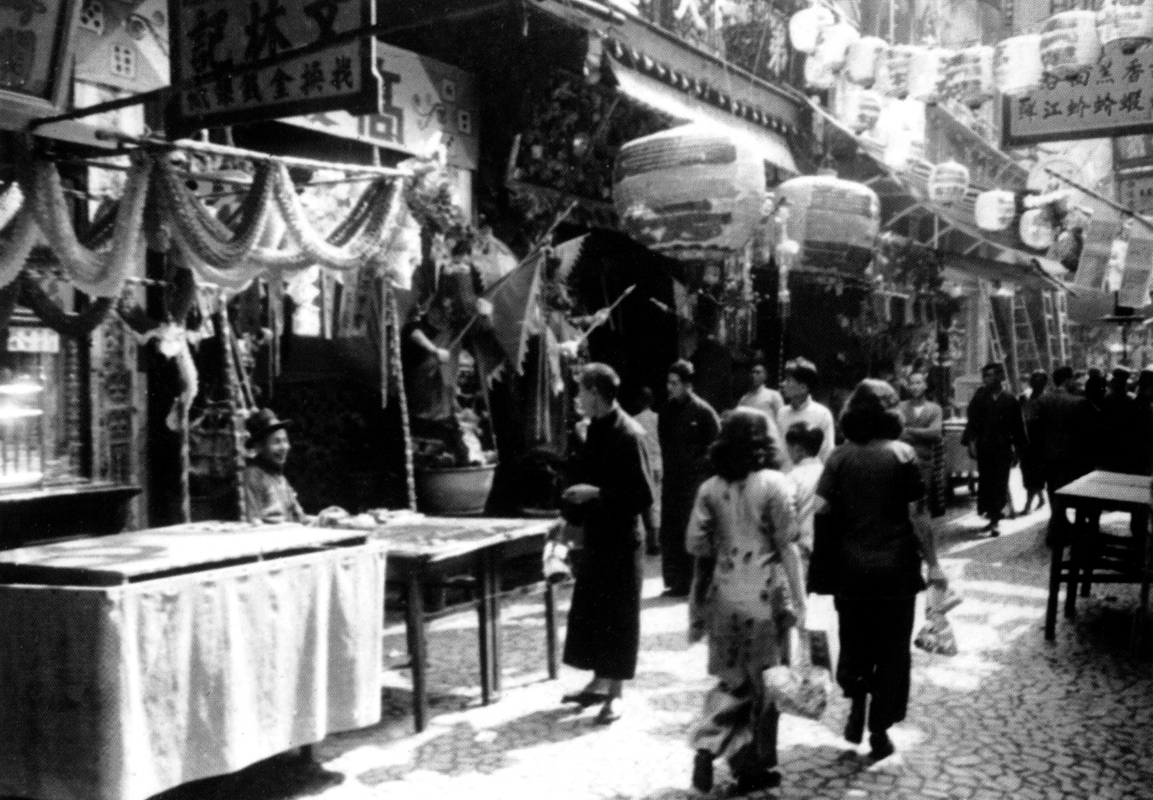The Portuguese Macao government pressed ahead both economic revitalisation and urban construction in the late 19th century. The 19th century witnessed a backward Macao (Macau) suffering poor urban hygiene, transportation, and water supply, which exacerbated the living environment and turned the city into a hotbed of infectious diseases that resulted in plagues. In response to this, the Portuguese Macao government renovated old residential areas and villages into modernised neighbourhoods to improve urban tidiness and hygiene for a better living environment from the late 19th century. In particular, the introduction of electricity and tap water in the early 20th century greatly improved the living standard of residents and boosted Macao’s industrial development. In addition to the improvement of living standard, the emergence of novelties such as cinemas, Industrial Fairs, buses, and seaplanes gradually modernised and diversified the urban life in Macao.
|
|
When did the Portuguese Macao government make effort to improve Macao’s urban environment? |
|
|
See answer below. |
The S. Francisco Garden, one of the first parks in Macao, in the late 19th century. (Collected by Mr. Lei Kun Min, provided by Macao Association for Historical Education, cited from “Macau Memory”, Macao Foundation)
St. Lazarus’s quarter in the early 20th century. It was one of the first modernised neighbourhoods in Macao built under planning, which greatly improved the urban hygiene and the living environment. (Collected by Mr. Lei Kun-min, provided by Macao Association for Historical Education, cited from “Macau Memory”, Macao Foundation)
The Portuguese Macao government built dwellings in Fai Chi Kei, Toi San, and other places to improve the living environment in the early 20th century. The photo shows the Artur Tamagnini de Barbosa District, one of the dwellings in Toi San. (Collected by Mr. Lei Kun-min, provided by Macao Association for Historical Education, cited from “Macau Memory”, Macao Foundation)
Macao motor buses in the early 20th century, then known as “neighbourhood buses”, facilitated urban transportation. (Collected by Mr. Lei Kun-min, provided by Macao Association for Historical Education, cited from “Macau Memory”, Macao Foundation)
Teatro Vitoria opened in 1910 was moved to the junction of Avenida de Almeida Ribeiro and Rua dos Mercadores in 1921. It was one of the first cinemas in Macao. (Taken by Mr. Leung Chi-ching, provided by the Photographic Society of Macao, cited from “Macau Memory”, Macao Foundation)
Avenida de Almeida Ribeiro, more commonly known as San Ma Lo, was created in 1918 by the Portuguese Macao government to build up the transport link between the Inner Harbour and Praia Grande Bay. (Collected by Mr. Lei Kun-min, provided by Macao Association for Historical Education, cited from “Macau Memory”, Macao Foundation)
Macao’s first Industrial Fair was held in 1926 to promote industrial development. (Collected by Mr. Lei Kun-min, provided by Macao Association for Historical Education, cited from “Macau Memory”, Macao Foundation)
Macao’s first Industrial Fair in 1926 was joined by 597 exhibitors, including 500 local brands and those from Hong Kong and South China. The fair was held in Mong-Há, where over 60 exhibition halls, cable cars, a cinema and a theatre and more were set up for a large number of residents from Macao, Hong Kong, and Guangdong Province (廣東). Not only did it promote the brands of Macao and Portugal, but it also generated huge revenue for the hotel and catering industries.
The Red Market completed in 1936 was the first market building in Macao. It was an important building for people’s livelihoods, and was included in the Macao Heritage List in 1992. (Photo provided by Mr. Ye Nong, cited from “Macau Memory”, Macao Foundation)
The Government Offices Building (now known as the Old Court Building) completed in 1951 helped enhance administrative efficiency. It stands as a landmark in Praia Grande Bay today. (Collected by Mr. Lei Kun-min, provided by Macao Association for Historical Education, cited from “Macau Memory”, Macao Foundation)
A festive street selling goods for the upcoming Lunar New Year in Macao during the Republican era. The economic revitalisation and the urban improvement gradually raised the living standard of Macao’s residents.
|
|
When did the Portuguese Macao government make effort to improve Macao’s urban environment? |
|
|
The mid-19th century witnessed a backward urban Macao where streets were chaotic and settlements were overcrowded. Some old residential areas became a hotbed of infectious diseases that resulted in plagues. Meanwhile, the Portuguese expanded outside the Macao city and acquired new land. In order to improve the urban environment and develop the new land, the Portuguese Macao government formed the Urban Improvement Study Committee in 1883 to lay out proposals for improving urban environment, including detailed recommendations on how streets, residential areas, markets, water supply, greenery, and waste management could be improved. Gradually, many of these recommendations were put in place, including the creation of a new road linking Praia Grande Bay and the Inner Harbour, and the Avenida da República linking Sai Van and Barra. The establishment of parks and green hills, and the reconstruction of St. Lazarus’s quarter, Bairro Horta da Mitra, and villages outside the city were also realised. |
Photo credit: Macao Foundation (pictures 1-9), Fotoe (picture 10), and misc. photos sources.





